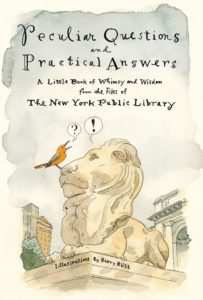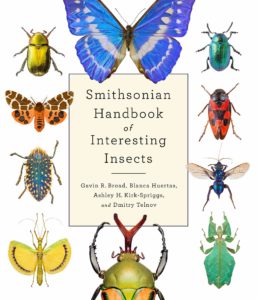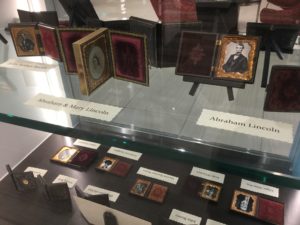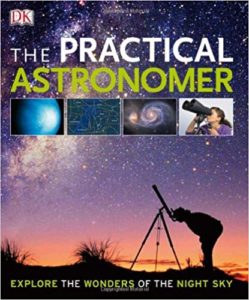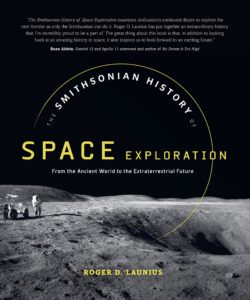Fun in the Snow for All Ages
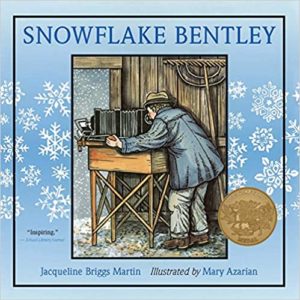
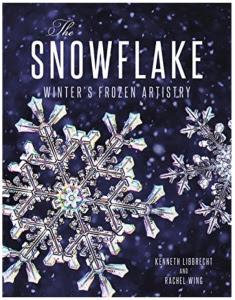
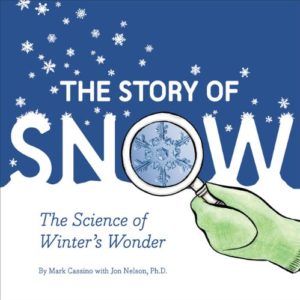
Snowflake Bentley by Jacqueline Briggs Martin, illustrated by Mary Azarian
The Snowflake: Winter’s Frozen Artistry by Kenneth Libbrecht and Rachel Wing
The Story of Snow: The Science of Winter’s Wonder by Mark Cassino with Jon Nelson, Ph.D.
The National Weather Service (NWS) defines a white Christmas as “having one inch or more of snow on the ground on Christmas morning”. According to NWS climate information from 1981-2010, southwest Missouri has an 11%-25% chance of experiencing a white Christmas this year. As I’m writing this (in mid-December), the temperature has broken the record high for this date, and the forecast so far points to above average temps for the holiday weekend even with Bing Crosby in heavy rotation on the radio.
On the chance that wintry fun appears in the near future, here are some titles tailor-made for snow days! Try them for backyard STEM activities. These illustrated non-fiction books are great for individuals and multi-generational groups wanting to discover more about snowy weather.
Natural history photographer Mark Cassino and physicist Jon Nelson have teamed up to create The Story of Snow: The Science of Winter’s Wonder, a closeup of the building blocks of winter fun. Winter fun starts with snow, and this book starts with an introduction to snowflakes–how they are formed, how they grow (spoiler alert–water vapor is a key player in both processes), then on to their structure and how to identify them along with intriguing facts sprinkled throughout. The authors also give tips on how to capture a snowflake yourself and view it before it melts.
The Story of Snow incorporates crisp, clear line drawings with actual photos of snowflakes, a particularly helpful effect for showing their growth cycle where enlarged photos detailing the snowflakes’ structure sit next to tiny dots indicating their actual size. Almost mono-chromatic in a wash of blues and greys, the pages look icy and steely without dulling nature’s amazing variety. Cassino’s photographs highlight their delicate specimens; the photos are sharp with the snowflakes appearing to be made of glass or metal. Presented in picture book format, the text works well for early-to-middle-elementary readers (although it would benefit from a glossary); it lends itself well to read-alouds for the younger set or to being used in a group. Nelson and Cassino have provided a book just the right length for a multigenerational activity inclusive to little ones. You can find The Story of Snow in the easy non-fiction section of the Children’s Department.
In that same section, you can find a biography of the pioneer of snowflake photography. Snowflake Bentley, written by Jacqueline Briggs Martin and illustrated by Mary Azarian, won the 1999 Caldecott Medal recognizing the “most distinguished American picture book for children” for its lively, hand-colored woodcuts evoking the snowy outdoors of rural Vermont. Flipping through the pages, you can feel the cold’s sting, smell the woodsmoke, see the detailed texture of woolen yarn balls rolling on wooden, farmhouse floorboards. Each woodcut conveys motion and stimulates the senses. Illustrator Mary Azarian lives not far from Bentley’s home and captures the essence of 19th century farm life in Vermont’s “snowbelt” where the annual snowfall is close to 120 inches. Through her artistry, it’s easy to feel the beauty in winter that Bentley did.
Born in 1865, Wilson Alwyn “Snowflake” Bentley lived his life in snowy Vermont and was fascinated by nature, especially weather. He was a home educated, citizen scientist who studied snowflakes for over 40 years. He pioneered photomicrography (photographing through a microscope), producing the first successful photograph of a snowflake in 1885. Bentley’s life is a study in perseverance, determination, and vision. Starting as a teen, he drew and then photographed hundreds of snow crystals each winter persisting through failures until he succeeded in capturing the images and sharing them with others. He would stand in the snow for hours at a time to catch snowflakes for his photos. Bentley’s good cheer–his belief in natural beauty and his determination to share it with everyone–runs through the book and is infectious! This charming title is a fun romp for independent readers or for read-alouds with all ages. Pair it with a paper snowflake activity or actual snowflake spotting for fun over winter break!
The husband and wife team of Kenneth Libbrecht and Rachel Wing pick up where Wilson Bentley left off. In their book, The Snowflake: Winter’s Frozen Artistry, they blend art and science to create a gorgeous look at the life of snowflakes (technically known as snow crystals). Libbrecht, a physics professor at Caltech who served as the official snowflake consultant on the movie Frozen, and Wing, a park ranger with a geology background, wanted to understand more about how snow crystals form. The result is a family hobby that has taken them and their children snowflake hunting on three continents. They even grow snow crystals in their own lab to study and photograph, creating shapes not found in nature!
Wing and Libbrecht have honed their photomicrography skills and sprinkle amazing closeups of snow crystals throughout their book. Using different backgrounds and lighting techniques, they create spectacular works of art ranging from the iciest blue through the rosy shades of a winter sunrise. The crystals’ intricate beauty is obvious in the photos, and it becomes clearer in the text. The authors share their curiosity and excitement to discover how nature works in hope that it will inspire others to see nature’s beauty for themselves. Book chapters divide that exploration into topics that are manageable for understanding–a brief history of snow crystal study, snow crystal formation and identification, weather needed for snowfall, snow crystal symmetry, etc. Sidebars offer activity ideas such as “Snowflake Fossils” (preserving snow crystals in super glue on microscope slides) and designing a scientifically accurate paper snowflake. Wing and Libbrecht use concrete descriptions to help readers understand how snowflakes are made and function. The Snowflake: Winter’s Frozen Artistry provides great accessible information for citizen scientists, nature enthusiasts, and families looking for a fun, outdoor adventure. Not ready to commit to snow crystal hunts on three continents? No worries–you can have a delightful time scouting for snowflakes at a level adapted to your situation. You can find this adult non-fiction title as an ebook through the Library’s Hoopla service.
I hope you are able to enjoy some quality reading and listening time during the holiday season. Come on over and check out a title (or 2 or 3). Happy reading!


